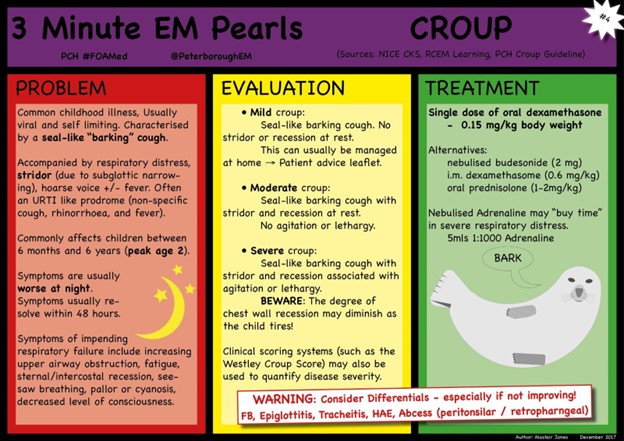Which intervention is the most important for the practical nurse (PN) to implement when applying an ice pack to a client?
Wrap the bag in place for comfort.
Secure a protective cover over the bag.
Give directions to leave the pack in place.
Fill the ice pack with crushed ice
The Correct Answer is B
The most important intervention for the practical nurse (PN) to implement when applying an ice pack to a client is to secure a protective cover over the bag. This is essential to protect the client's skin from direct contact with the ice pack, which can cause tissue damage, frostbite, or discomfort.
Securing a protective cover, such as a thin cloth or towel, between the ice pack and the client's skin helps to create a barrier and prevent excessive cold exposure. It allows for the therapeutic benefits of the ice pack, such as reducing swelling and pain, while minimizing the risk of skin damage.
Incorrect:
A. While wrapping the bag in place for comfort is important, it is not the most critical intervention compared to ensuring the protection of the client's skin.
C. Giving directions to leave the pack in place is a general instruction for the client to follow the prescribed treatment, but it does not specifically address the importance of using a protective cover.
D. The type of ice used, whether crushed or cubed, may vary based on availability and preference, but it does not take precedence over the need to protect the client's skin with a cover.
Nursing Test Bank
Naxlex Comprehensive Predictor Exams
Related Questions
Correct Answer is C
Explanation
Croup is a viral infection that affects the upper airways, causing inflammation and narrowing of the air passages. In severe cases, it can lead to respiratory distress, including increased work of breathing and decreased oxygen saturation levels. Monitoring the child's oxygen saturation level using a pulse oximeter is an essential intervention to assess the severity of respiratory distress and the need for further interventions.

A. Encouraging the child to drink cool, clear liquids can help soothe the throat and prevent dehydration.
B. Instructing the mother to play with the child for stimulation and distraction can help provide comfort and alleviate anxiety.
D. Administering acetaminophen as needed (PRN) can help reduce fever and discomfort. However, none of these interventions directly address the potential respiratory distress and the need for oxygenation assessment.
Correct Answer is ["A","B","C","F","G"]
Explanation
Based on the given information, the statements that indicate the client's confusion is resolving are:
- Asks how long he has been in the hospital: This shows cognitive awareness and the ability to ask relevant and coherent questions.
- States he is hungry: This indicates a return to normal appetite and the ability to recognize and express basic needs.
- Recognizes his daughter: This demonstrates the ability to recognize and identify a familiar individual, suggesting an improved level of cognitive functioning.
- Oriented to time, place, and self: Being aware of the current time, location, and personal identity reflects an improved level of orientation and mental clarity.
-
The statement "Drinking broth" does reflect the client's willingness and ability to consume food.
The following statements suggest ongoing confusion or potential issues:
- Clawing at the air: This behavior may indicate restlessness, agitation, or disorientation.
- Keeps trying to get out of bed to find the swimming pool: This behavior may indicate confusion or an altered perception of reality.
The statement "Oxygen saturation on 0.5L of 100%" provides information about the client's oxygen saturation level but does not specifically address the resolution of confusion.
Whether you are a student looking to ace your exams or a practicing nurse seeking to enhance your expertise , our nursing education contents will empower you with the confidence and competence to make a difference in the lives of patients and become a respected leader in the healthcare field.
Visit Naxlex, invest in your future and unlock endless possibilities with our unparalleled nursing education contents today
Report Wrong Answer on the Current Question
Do you disagree with the answer? If yes, what is your expected answer? Explain.
Kindly be descriptive with the issue you are facing.
